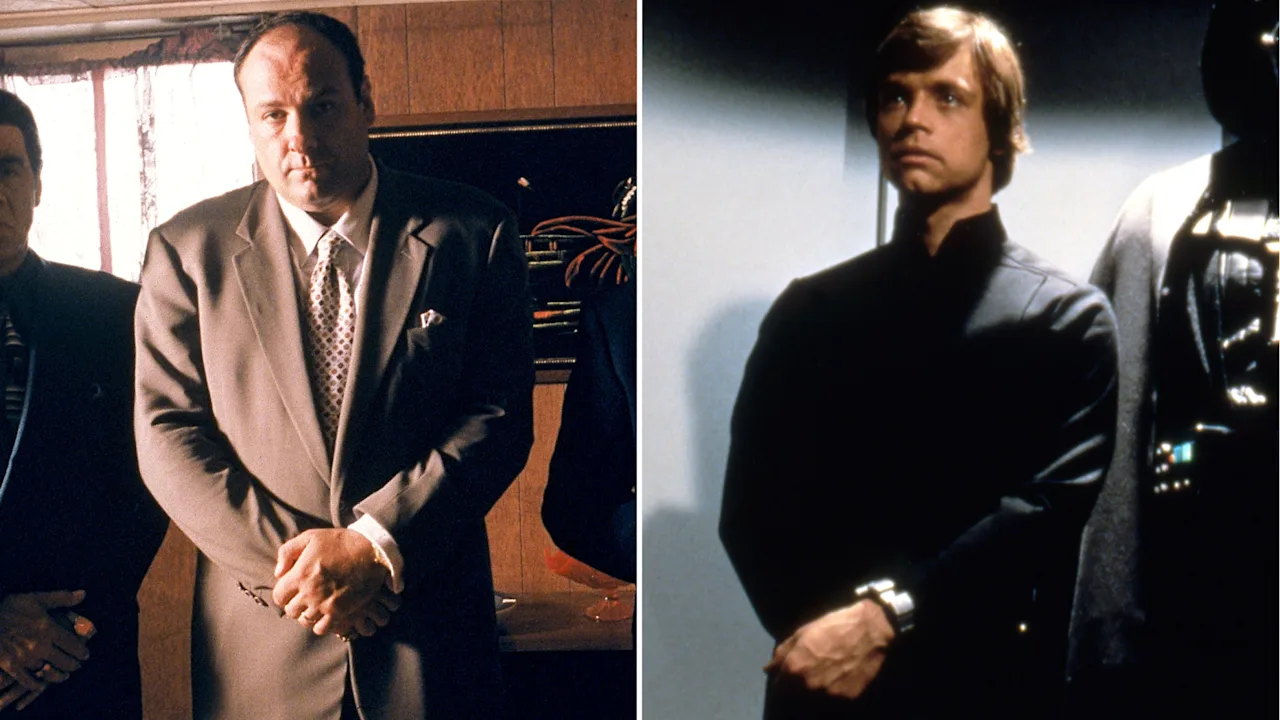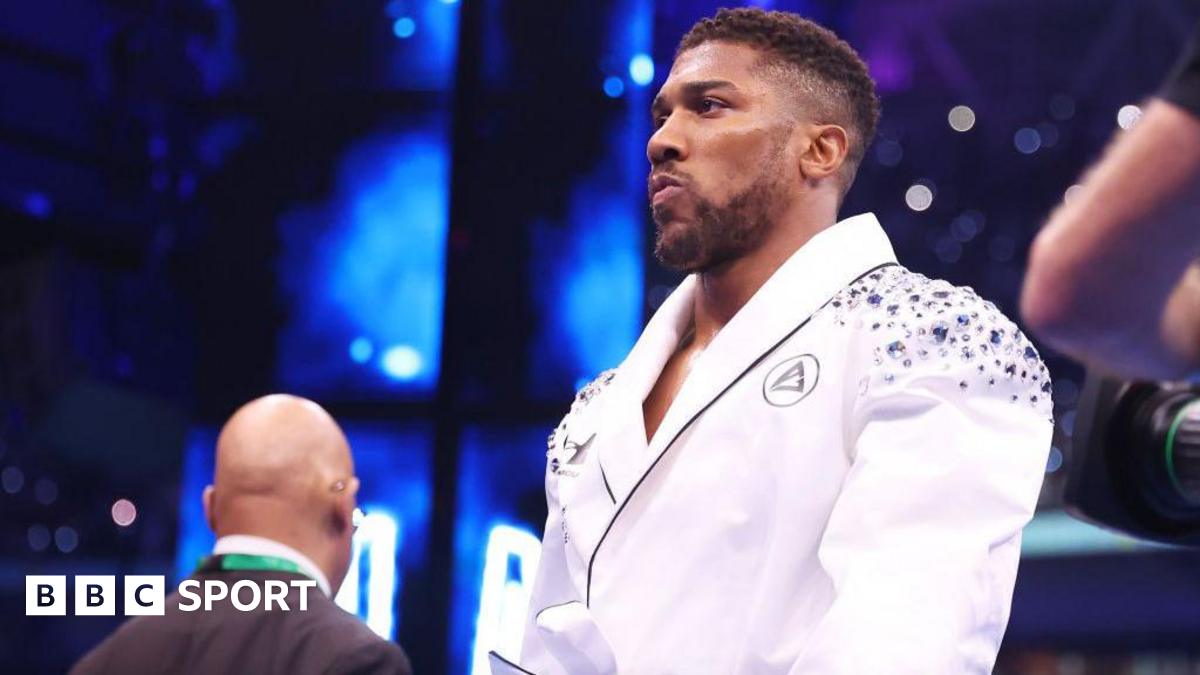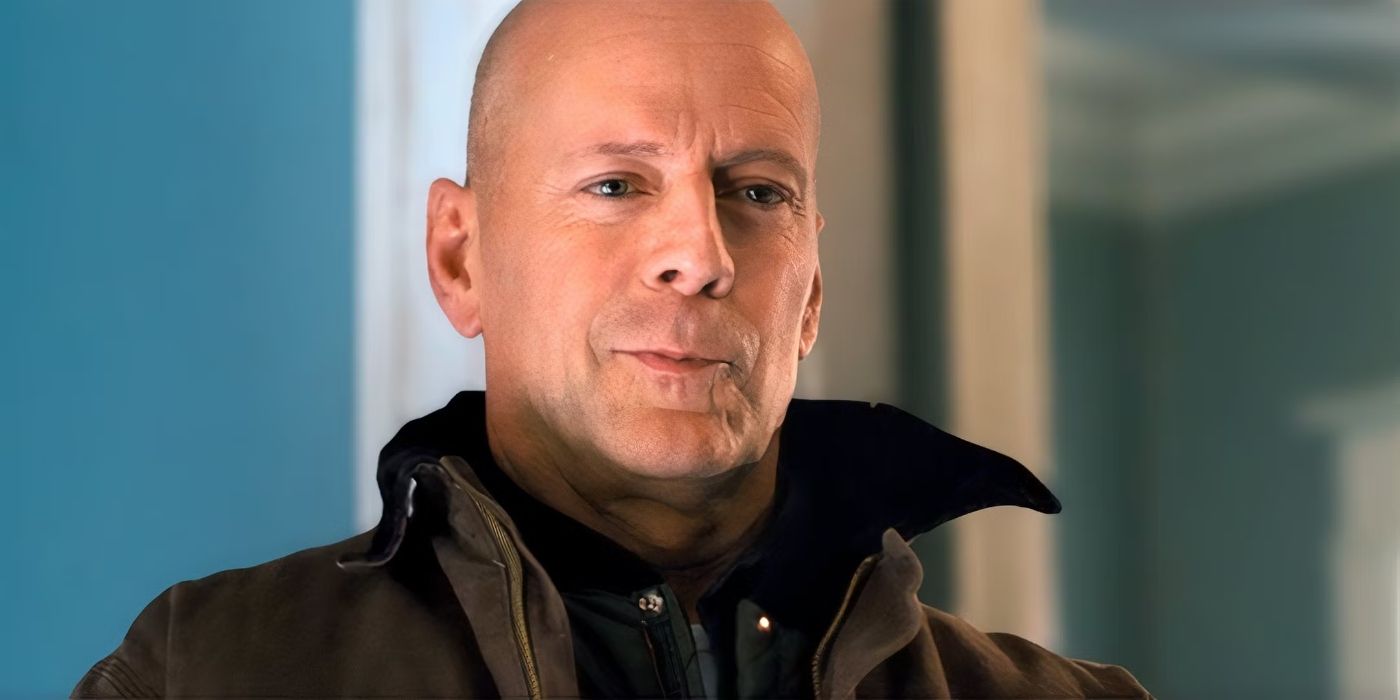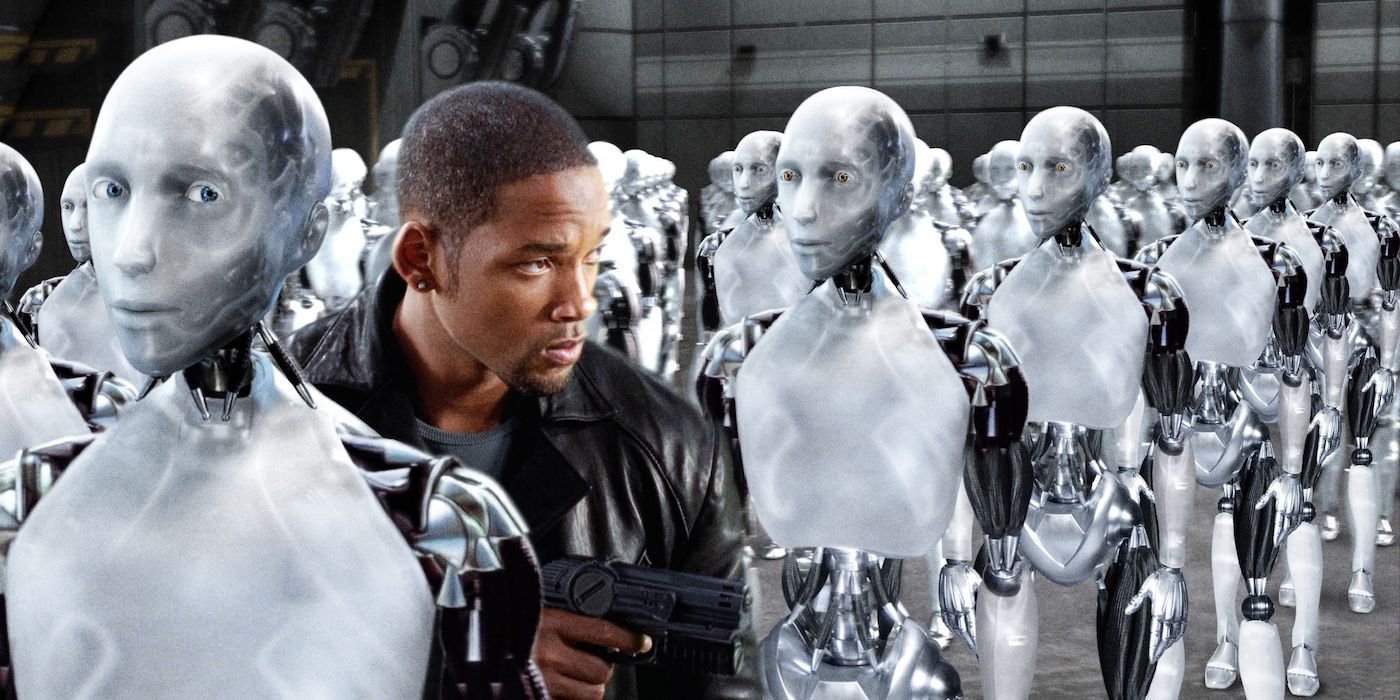If you’re serious about change, you need to make these 3 mindset shifts

People become leaders by first becoming effective managers. They create cohesion and consensus among their team. They maintain an atmosphere of predictability so everybody knows what to expect and focus on executing a plan with excellence. That’s how you consistently deliver value to customers, partners, and other stakeholders.
Yet when you are pursuing change, none of those things will help you. When something is new, untried, and untested, you can’t expect an immediate consensus to form around it. You can’t expect predictability either, but need to embrace uncertainty. Instead of focusing on execution, you need to explore and find new answers through some trial and error.
That’s one of the things that makes transformation so hard for so many leaders. You need to mode shift away from what’s made you successful up to this point and do things differently. That requires you not only to change actions, but to adopt new mindsets—from persuasion to empowerment, differentiating values to shared values, and from a hero’s journey to strategic conflict.
1. From persuasion to empowerment
Tony Soprano, the ruthless mafia boss from the iconic TV show, was a master of coercion. Yet sensing that he could benefit by exploring alternative strategies, he often sought the advice of Dr. Jennifer Melfi, who encouraged him to take a more collaborative approach. Tony thought about it for a minute and asked, “Then how do I get people to do what I want?”
As much as we might not like to admit it, every manager faces some version of this dilemma. We want to motivate employees, to inspire them to actualize their potential and achieve great things. But at the end of the day, we have goals we need to reach, plans to get there, and we really just want the people who work for us to do what we ask them to.
Yet in a transformational initiative, you need to operate in an atmosphere of uncertainty and, almost by definition, you don’t really know what the final solution will look like. You have to experiment, try things out, see what works, what doesn’t, and iterate your way to designing a new model. There are no hard and fast rules.
So instead of trying to get people to do what you want, identify people who want what you want and empower them to succeed. Work with them to design an initial Keystone Change and, when you find one that works, arm them with resources they can co-opt so that they can empower others, who can bring in others still.
2. From differentiating values to shared values
Everybody is taught in Marketing 101 that the first rule of selling is to differentiate your product with a unique value proposition to cut through the noise. After all, if you are no different than the competition, why would customers choose you? An undifferentiated product is, by definition, a commodity and commodities don’t command high margins.
So it makes sense that managers preparing to launch a change initiative want to focus on what differentiates the idea, because that’s what makes them passionate about it. They often use adjectives like “disruptive,” “innovative,” and “revolutionary” to create excitement. Yet what might seem exciting to some, might feel threatening to others.
The problem is that large-scale transformation in an organization usually involves collective action, which makes getting traction very different than marketing a product like, say, a car or a bag of chips. Consumers can choose among competing products, but organizational change requires collective buy-in—and resistance is inevitable. Differentiating values invite backlash.
That’s why you want to create a sense of safety around the change by focusing on shared values. For example, when people come back to the office after Agile training, they often tout the Agile Manifesto and are surprised to find that they don’t get much traction. A much better strategy would be to focus on things everybody already believes in, such as better products, done faster and cheaper.
Focusing on shared values doesn’t mean watering down your vision—it means framing it in a way that resonates with what people already care about. You have to meet people where they are, not try to force your passions on them.
3. From a hero’s journey to a strategic conflict
Leaders often see change as if it were a hero’s journey in which there is some alternative future state. They believe that if they are good enough, do all the right things, and if their cause is righteous, they will eventually get to that place. Much like Luke Skywalker, who had to face himself before he could face Darth Vader, their struggle is largely internal.
Yet just like Star Wars, that’s mostly a fantasy. The true story of change is that of strategic conflict between a future vision and the status quo. There are sources of power keeping the status quo in place, and those sources of power have an institutional basis. If you are ever going to bring about genuine transformation, that’s what you need to influence.
Once you understand this story, you can begin to build an effective strategy. Power is embedded in institutions, and real change requires mapping out which ones reinforce the status quo, which align with your vision, and which could go either way. Those institutional targets will determine how you develop tactics.
One of the most powerful moments in our Transformation and Change Workshops is when we identify these sources of power and map them on a power matrix. That’s when the leaders we work with can begin to see a path forward and shift from seeing change as an abstract goal to a concrete, strategic process—one where power dynamics can be mapped and influenced.
Adopting a changemaker mindset
Leaders are trained to operate with a manager mindset because consensus and predictability are essential to execute complex operations. Everyone needs to know their role to carry out their responsibilities and be able to trust that everyone else will do the same. That’s how you deliver for customers, partners, employees, and other stakeholders.
When you need to change course, however, you need to discard the manager mindset and embrace a changemaker mindset, and that means that the usual best practices won’t work. Change isn’t predictable, but uncertain. You can’t expect a consensus, so you need to identify a coalition that’s willing to believe in the change vision and explore possibilities.
What makes that so difficult is that adopting a changemaker mindset requires leaders to abandon what made them successful in the first place. Persuading people that you have the right vision is unlikely to succeed, so you need to identify people who are already enthusiastic about it. Instead of emphasizing how the change is different, you need to focus on values that are already widely shared.
What’s perhaps most challenging—and humbling— for leaders to understand is that transformation is not a journey in which they get to play the hero, but a strategic conflict with the status quo in their own organization, which is supported by sources of power that have had years—and sometimes decades—to take hold.
Effective leaders need to master both the manager mindset and the changemaker mindset and learn to effectively switch off between the two. Just because you need to pursue change doesn’t mean you can just ignore everyday operations. On the other hand, if you try to pursue change with a manager mindset, you are almost guaranteed to fail.
What's Your Reaction?
 Like
0
Like
0
 Dislike
0
Dislike
0
 Love
0
Love
0
 Funny
0
Funny
0
 Angry
0
Angry
0
 Sad
0
Sad
0
 Wow
0
Wow
0






























































































